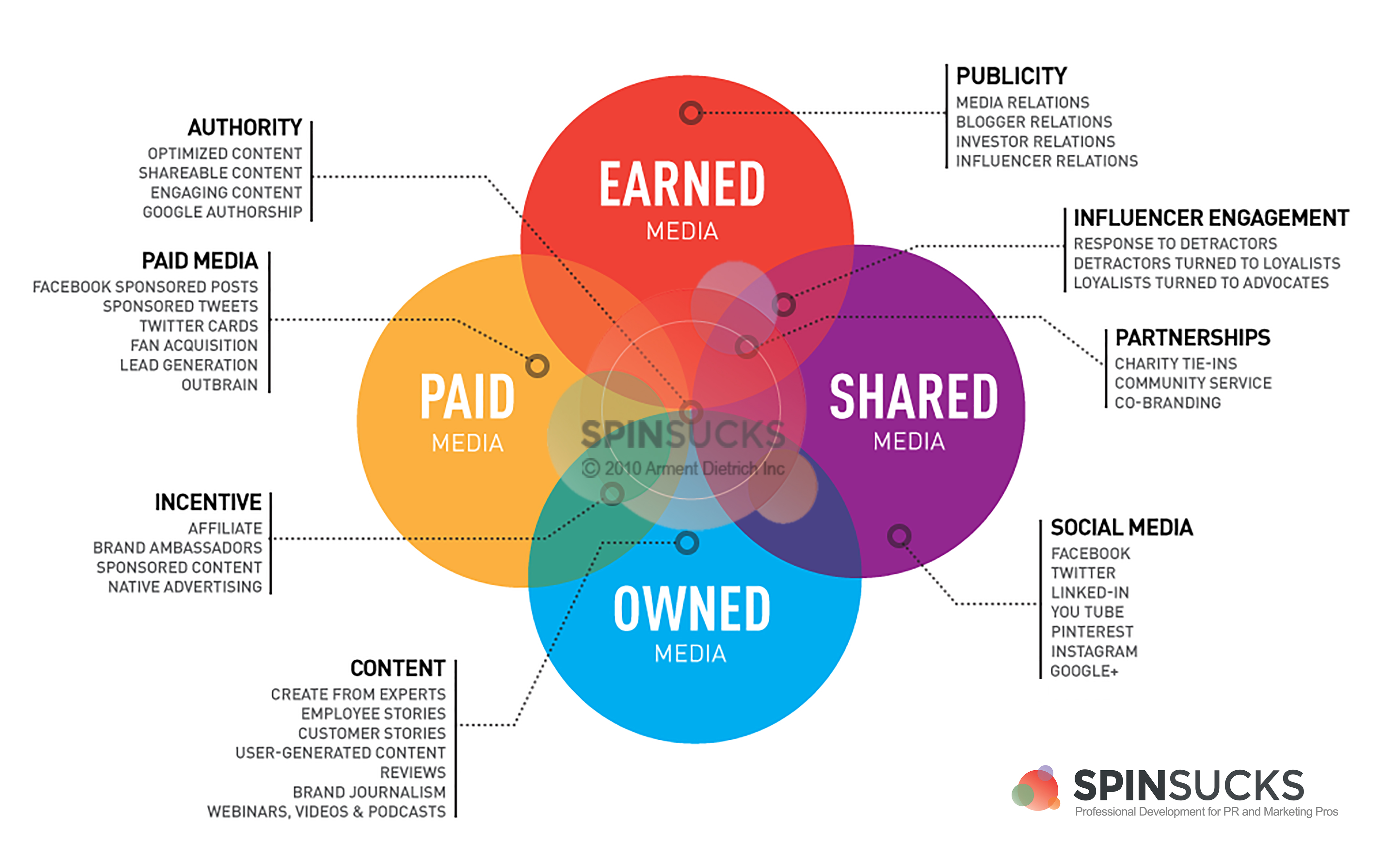Owned media is often misunderstood when it comes to startup PR and marketing.
Startups often go one of two ways with it:
- They don’t see the value point of investing in it as the returns can take a while to be realized.
- They don’t see how owned media fits into the bigger picture of their marketing efforts, which can result in blog content and other output that doesn’t provide much value.
However, the benefits of owned media are untold. The aim of this blog is to get you in the know so you start owning your owned media.
With that in mind, here are 5 important things to remember with your owned media content:
Give the people what they want
When we say ‘give the people what they want’, we don’t mean give away cash or throw contests for Lambourginis filled with Rolexes.
We mean that your owned media should be aimed towards your target audience and offer something valuable to them.
Therefore, you’ll first want to have an idea of who your target audience is and some of the problems they face in their day-to-day lives. Bonus points if it’s a problem your product or service can solve too.
You can find out more about your audience by studying who are the people going onto your site. This can be done through Google Analytics. Furthermore, your startup can also start thinking up buyer personas.
Ask yourself – who is the person you’re producing content for?
For example, say you’re a B2C company and you stream Martial Arts’ movies (a bit niche, but let’s go with it) The buyer persona is maybe someone who:
- Likes martial arts
- Has an interest in Asian culture
- Likes other genres of movies
- Has disposable income
Therefore, this company would be aiming to write content for a Bruce Lee lover who enjoys the odd UFC event.
One more thing to remember with owned media is that it should be valuable to the reader, not simply promotional.
This may seem obvious but you’d be surprised. Businesses often see their owned media as a chance to big themselves up or as another avenue to promote themselves. This is a big no-no. That’s what advertising or paid media (more on that later) is for.
Always be testing
If you’re a tech startup taking its first baby steps, it’s unlikely you’ll have much time or resources to throw at your own content.
Therefore, it’s a waste of precious time and energy to produce content that your target audience doesn’t care about.
How can brands that create their own media content prevent that from happening?
Test, test, test.
We recommend you cover a variety of different owned media tactics and subjects and see what works and what doesn’t.
As we mentioned, a lot of this can be measured through your data. Here are some things that might give you an inclination of what content works best:
- Time on page
- Click-throughs from social media
- Highest ranking on search engines
- What content converts the most users into a lead
Yes, all this data analysis is time-consuming. However, this constant testing and optimizing are hugely beneficial for the quality and effectiveness of your owned media.
Go global
We understand that a lot of businesses like to stay loyal to their hometowns, especially if your business has local ties.
For example, the Canadian SaaS accelerator, L-Spark, runs a yearly SaaS conference called SaaS North. It celebrates SaaS startups from Ottawa and the rest of Canada. Therefore, it’s owned media is often leaned towards its home city and Canada.
However, if your business is mostly online and does little to no events in your local area, you want to make sure your content can be understood by someone from Canada and the Cayman Islands.
Think of it this way, say you’re a biotech company based in Baltimore and put a blog live called:
‘Top 5 Biotech Companies in Maryland’.
Now, those of your target audience who are based in Maryland are going to be interested. However, someone in London is not going to be too fussed. (unless ‘The Wire’ is mentioned)
Therefore, always be thinking about how accessible your owned media is and try to keep your subject matter and references broad. And don’t mention TV shows that have been off the air for 11 years.
Define who you are
Owned media is the area of content marketing that you have complete autonomy over. Unlike earned media, it is not in the hands of an editor. You own it! (get it?)
It’s a great chance for you to get your branding nailed down. Therefore, use your owned media content and your website as a place where you display to the world the kind of business you want to be perceived as.
Here are a couple of ways you can do this:
- Write your own story – do you or your business have a particularly interesting founder story? Put it on your site. It gives your organization a stronger identity and humanizes you.
- Produce a media kit – You could build on the back story and go the whole nine yards by producing a media kit. Sometimes referred to as a press kit, this little puppy is a one-stop document for journalists and reporters. It may include: your manifesto, your employees, your culture, your products or services, or your past media wins. Journalists can then use this information when writing about your company.
These are both examples of owned media content that helps to define your company’s brand and values.
Mix it up
Although the last point on the list, this is probably one of the most important takeaways.
Owned media cannot exist in isolation.
For your company to be successful, you need to produce a mixture of:
- Owned media
- Earned media – The goal of PR. It’s when your business receives media wins in third-party media organizations. To put it simply, it means ‘publicity’.
- Paid media – This refers to all forms of directly paid for advertising.
- Shared media – All content that is shared via your social media strategy, on sites like Facebook or LinkedIn.
The below infographic (created by Gini Dietrich, author of Spin Sucks) shows the symbiotic relationships between these four types of media:

Owned media is too frequently treated as a promotional exercise or not taken seriously. Therefore, we hope this blog has reminded you of the importance and usefulness of making your owned media as well-oiled as possible. It’s a chance to build your social proof, establish yourself as a thought-leader in your industry, and define what your brand is really about.





